These five classics just got more attainable
Earlier this year, the collector car market could most simply be described as “nuanced.” Value gains and losses weren’t necessarily haphazard or random but few, if any, overarching trends emerged. The subsequent months have yielded more consistent signals and a clear conclusion that we are no longer in the superheated market of 2021 and most of 2022. Finally, we see a clearer trend line.
Some segments that saw recent and ample growth are now experiencing a soft landing. The most notable losses from the latest Hagerty Price Guide update listed here articulate that fact: None of the decreases over the last three months were massive, and no decrease completely erased a gain realized since 2020. The good news? There are no signs that the bottom is falling out, but that sanity and restraint is starting to make its way back into the market.
Opportunistic buyers should take special note: Market preferences have no impact on how a car drives or makes you feel. If one of these cars has been on your wish list, it just got a little more attainable.
1972–82 Fiat X1/9 -17%
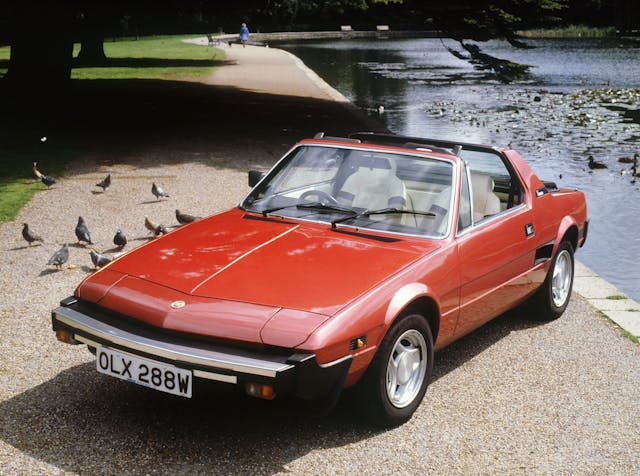
Fiat’s Bertone-designed, cute little wedge of a mid-engine car gave us a vision of Italian sportiness with the affordability of a Fiat. Looking at the X1/9, you be hard-pressed to miss design cues that made it onto more well-known, affordable mid-engine sports cars like the Pontiac Fiero and the Mk I Toyota MR2. The X1/9 had an astonishingly long lifespan, from its debut in 1972 all the way to 1989 under the Bertone name. These cars are neither powerful nor fast, remaining under 100 horsepower for the duration of their lifespan, but if you squint and turn your head sideways, you can see the roots of many Italian sports cars of the era.
For the most part, these cars have been dirt cheap. The best X1/9 in existence will still set you back less than $30,000 (though you’ll have a hard time finding many in that condition), and a driver-quality car can be had for less than $10,000. Enough of these cars hit the market recently that the values of lower-condition ones took a big hit; values for excellent cars remained untouched.
In the grand scheme, X1/9 values have behaved like those of so many other cars in the market: They ran up over the last two years and have settled back down to their 2021 levels. No need to worry about the bottom falling out of the X1/9 market—not that there was very far to fall—but this is a common trend we are seeing in the market that’s merely more exaggerated in the case of this Fiat.
2011–17 Aston Martin V12 Vantage -14%
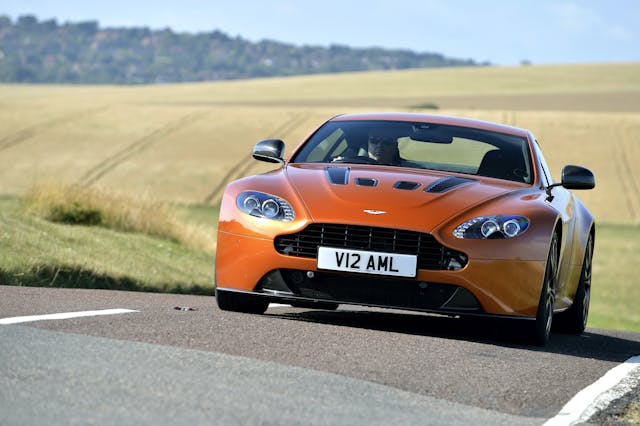
Best known for its GT cars, Aston Martin exudes sportiness and exclusivity, a reputation built by outright wins at Le Mans and stealing the show on the silver screen. It is from this heritage that the Vantage name was reinitiated for the 2006 model year. Since the David Brown era, all sports-oriented versions of Aston Martin’s cars wore the Vantage badge. These would first come with a 380- then later a 420-horsepower V-8. 2011 would see the introduction of a much more powerful V-12 with 510 horsepower in base trim.
Though Aston Martin took the fight to Ferrari’s GT cars with the Vantage, the comparison between the brands isn’t apples to apples. Purchasing a modern Aston Martin has always been about making a conscious “not-Ferrari” choice, one that values speed and luxury delivered with a dollop of British restraint. The V-12 Vantage saw big growth in 2021 and 2022. After this latest market update, though, values have settled back to $136,000 for a top-flight example, which is just a few thousand above where they began the run-up.
1987–91 Ford Bronco -13%
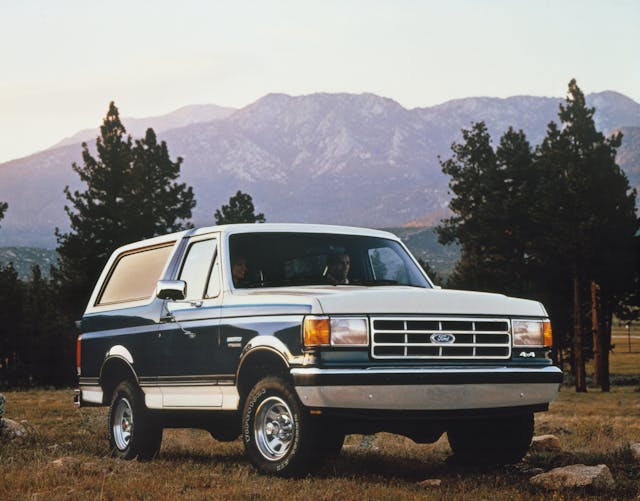
The full-size platform Bronco was so nice Ford did it thrice. By 1987, the fourth generation (the Bronco’s third as a full-size truck) was released, offering styling updates that gave the popular utility vehicle the look that many think of when you say “Bronco.” These would pay dividends, giving the Bronco a more refined look inside and out. Cosmetics aside, many of the underpinnings of the previous series would remain, from the fuel-injected 302-cubic-inch V-8 engine (a carbureted 351 was optional) to the much misunderstood and somewhat disliked twin traction-beam front axle, which was sort of a rudimentary form of independent front suspension.
Broncos across the board didn’t perform as well as they previously had in the last quarter, perhaps showing that values have finally reached their peak. While first-generation Broncos experienced almost no movement, it was the ’87–91 series that took the biggest hit. These are by no means the most expensive or the most actively sought-after series of Bronco, but the nuance behind the valuation drops tells us something important: While the best examples experienced little movement, lesser vehicles—the driver-quality examples and trucks with flaws—took substantial hits.
We’ve seen this phenomenon before with other models, and it’s usually a sign that buyers are getting picky. Only the best examples will do, and all others need to come at a discount to be worth a buyer’s time. If any lessons can be taken away here, it is that rational market behavior is returning.
1968–70 Dodge Charger R/T -12%
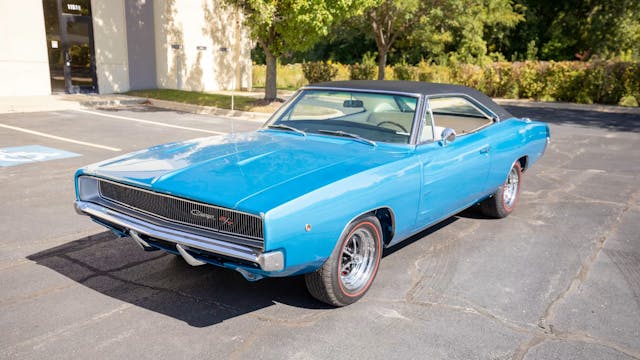
From Bullitt to Dukes of Hazzard and on to the Fast & Furious franchise, even non-enthusiasts know that the ’68–70 Dodge Charger is a legend in the muscle car world. So it should come as no surprise that Chargers posted noticeable gains in early 2022 along with most muscle cars. Even the more baseline models experienced appreciable gains in that timeline.
Values hit a peak in early 2022, and Charger R/Ts have been on a gradual decline since then. The past three months mark the largest decline in Charger R/T values over the last year, however. Meanwhile, values for base trim, small-block cars have remained relatively consistent. Mopar muscle has long been one of many leading indicators for the muscle-car market, so what can we glean from the latest news with the Charger? The muscle car market is settling, not crashing. This is good news; nobody wants to see the market of 2008–09 again.
1989–94 Nissan Skyline GT-R -12%
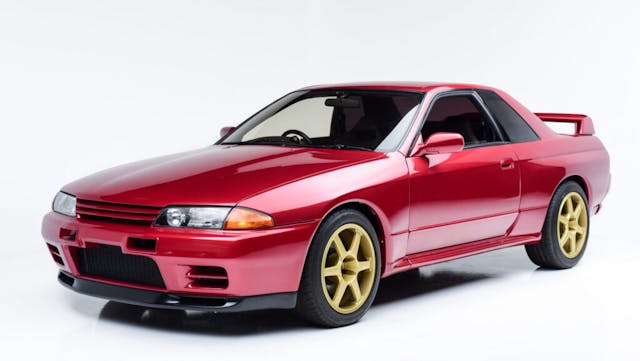
“Godzilla” has been on a rampage since 2020, posting some of the biggest market gains heading into this past quarter. Alongside the Mk IV Toyota Supra and Acura NSX, Nissan’s GT-R is one of the main halo cars for the hardcore and for the casual Japanese car enthusiast. You probably know the story by now: Japan’s forbidden-fruit GT-R wasn’t available to the U.S. when new, and we always want what we can’t have. It is also one of the more technologically advanced cars outside of the supercar realm of its era, and when you top off those credentials with an unbeatable race history (literally), you have the makings of an all-time great.
The R32-generation (1989–94) GT-R might be the most common of the GT-Rs by a huge margin, but it’s the original Godzilla and a favorite of the GT-R crowd. Despite its own appreciation and the Japanese segment’s growth as a whole, values for the R32 (and even R33) GT-R have experienced a dip recently. Though some make the argument that the R32 is trending down as the R34 generation’s eligibility for import under the 25-year rule gets closer, the price points of the two cars are too far apart for that case to hold water. The likelier cause is twofold: A small corrective measure after years of growth, and the recent glut of iffy examples hitting the market lately, having a minor saturation effect on good examples. That said, this is merely a moment of finding equilibrium: Don’t expect a return to the days of cheap GT-Rs.
***
Check out the Hagerty Media homepage so you don’t miss a single story, or better yet, bookmark it. To get our best stories delivered right to your inbox, subscribe to our newsletters.

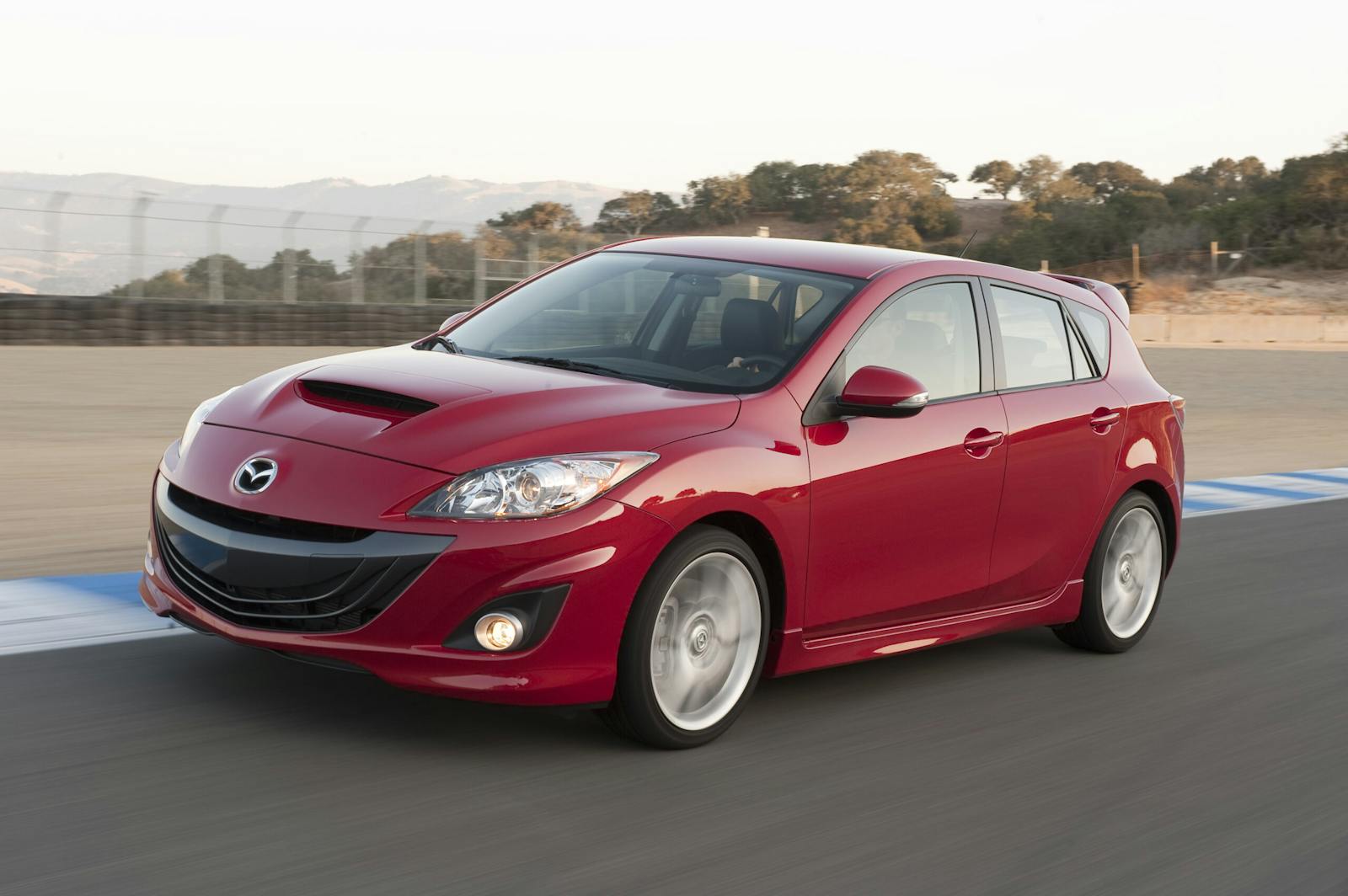
What planet am I on. Some one is actually willing to pay nearly $70,000 for an average condition car that is 34 years old, runs a quarter mile time on average in the mid-thirteens, and gets 8-9 mpg on 95 octane gas, when for roughly $10,000 less that some one could purchase a 2023 Challenger Scat Pac and chop 2 secs of the quarter mile time, enjoy a warranty, and get 15-20 mpg on 93 octane, unleaded gas. Don’t think I don’t admire the older performance cars, In their day some were impressive. But none of them hold a candle to today’s crop of performance cars. I know there must be other attractions so please give me some idea what those attractions are.
That new car loses half its value in 4 years
The feel, sound, smell, and experience is love it or hate it. The idea of a warranty is pointless because working on it yourself is as rewarding as driving it. It’s the opposite of a new car. And it value to the owner is in that fact.
Two different things of course–vintage nostalgia that was good performance for back then, and the modern luxury, safety and ultra performance of a modern vehicle. But I hear you.
Way back when, I thought my ’68 Hurst Olds 442 Ram Air 455, 12.74 quarter mile, was, for a vintage collectible, hard to beat.
Fast forward roughly 30 years and my 2008 Chevy Corvette convertible convertible, 3LT, 34k miles, first year of LS3; 4.4 0 to 60 on a good day, 194mph top end(with high speed rear), safety and convenience options that some cars don’t have even today, and that was one fun, safe, practical ride. No comparison to an old car.
And if anyone is concerned: if I drove it like an old man, which I am, I could get 30 miles per gallon on the highway taking it real easy. The 2008 Corvette cost $25,000 used several few years ago, and for that you don’t get much of an original old car, and it certainly wouldn’t be in the #2 condition of the LS3 Corvette.
I guess if you’re a real car lover like me from way back in the 60s to now, it would be nice to have a big garage building with old original muscle cars, and also a few modern ones to really drive or take on trips.
Like I said two completely different things. You could also make a case for a third ‘completely different thing’ if you are looking at the vintage cars to make current money from. $$ + 1= $$$
🙂
“Don’t expect a return to the days of cheap GT-Rs.”
Did we ever have them here in the USA? Cheaper GT versions yes, but not GT-R’s.
Seems to me that Broncos have been rather unrealistically priced for what they are, for a while now. Of course, many other cars are, also. But of course, in capitalism terms, a vehicle is worth whatever someone will pay for it. And, very few folks are forced into buying any collectible car.
Most were overpriced to begin with.
I had a Bertone X1/9 and liked it a lot. Had to do a few things to it, like repairing tail light sockets and rewiring the headlights with relays to get the halogen headlights bright enough to see the road, along with a few other things that were typical woes of the marque at the time. It handled like a slot car and ran quite well for such a small engine and I’d still have it if I hadn’t become weary of driving it with the steering wheel between my knees and in my sock feet because I’m 6’2″ and I just didn’t fit inside the car that well… and the brake and clutch pedals were quite small and close together and with my size 14 trip-E feet I could step on both pedals at the same time if not careful, thus driving it without shoes became almost a necessity. This car was designed by little Italian guys with small feet and short legs. I’d given a fleeting thought to whittling on the firewall in back to “french” the driver’s seat back about 3 inches or so, about as far back as it could have gone without having the engine get in the way. Not enough gain for the work… I finally parted company with it a year or so ago, kinda miss it, was a fun little car… if only it had more foot/leg room.
10k for a good driver-quality example? Not unless you found an eccentric sort with too much money and no coke habit just dying to own one… 😉